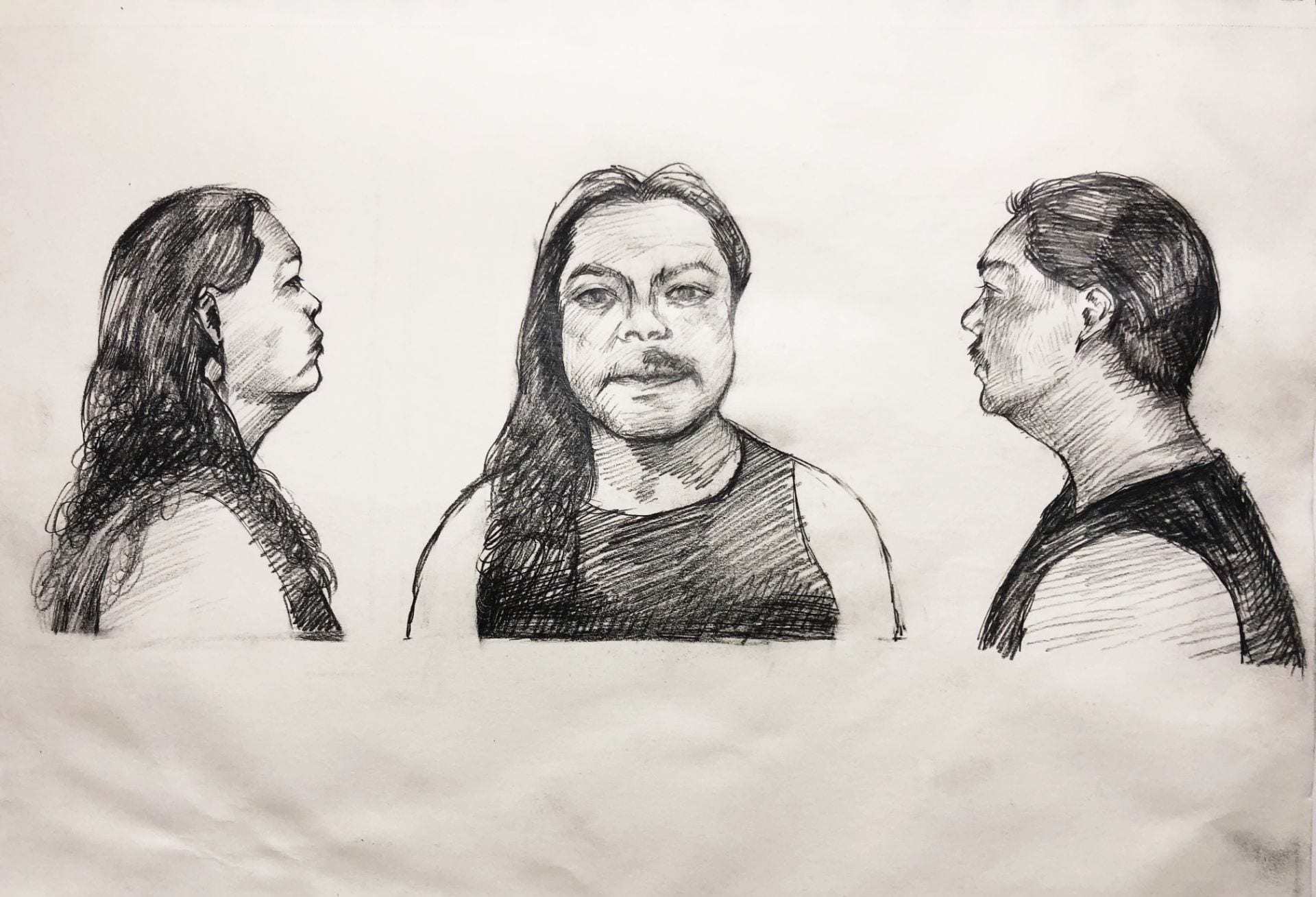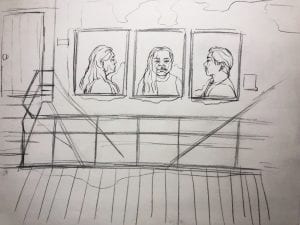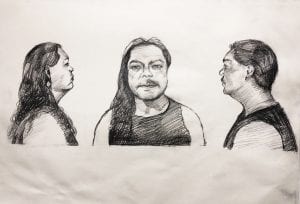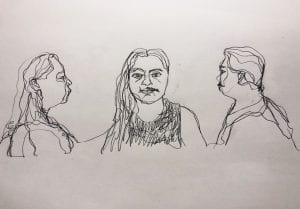How does James Luna’s personal cultural background influence his style of art?
James Luna was a Mexican-American performance artist and photographer whose artworks recognized both his cultures and the assimilation he experienced. Although Luna began his art career as a painter, he soon developed an interest in performance and installation art, which he did for over three decades. Luna utilized objects, American Popular culture, and his own body as motifs to reveal his confrontations with colonialism, violence, sexuality, and identity. For instance, in his photographs from the NewSchool collection, “Half Indian-Half Mexican”, he shaved half his mustache and hair, then posed for photos as half Indian-half Mexican. He played with stereotypes and presented both his Native American and Mexican heritage. Despite that most of his audience around the world were non-Indians, he suggested that his art was aimed at aboriginal audiences. Some audience did not have enough understanding of the culture to understand his references, but for those who knew, his artworks resonated and make them think. However, by sharing Indian ways with non-Indians, Luna still provided the path to cultural understanding and a bridge over the cultural divide, as well as breaking down the boundaries of imposed perceptions on Native American.
Bibliography
- Courtesy of Washington State Commission for the Arts. “Half Indian/Half Mexican.” CultureNOW – Mary Draper Fountain: Boston Art Commission and Daughters of the American Revolution (DAR)
- Johnson, Gordon Lee. “From the Rez: James Luna’s Hybridized Indian Performance Art.” KCET, 8 Nov. 2016
- Righthand, Jess. “Q And A: James Luna.” Smithsonian.com, Smithsonian Institution, 1 Jan. 2011






